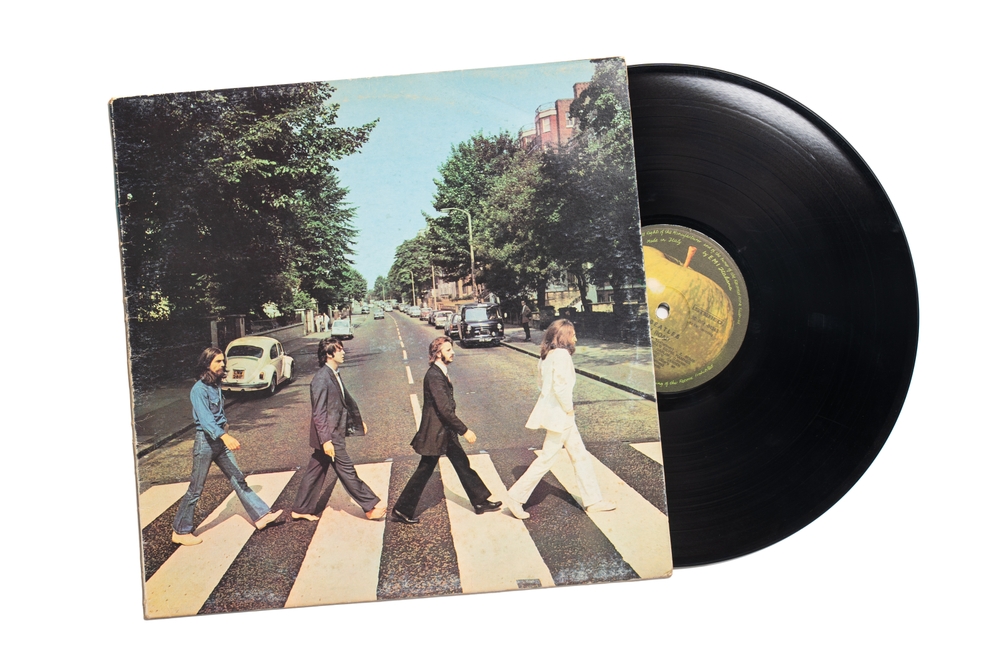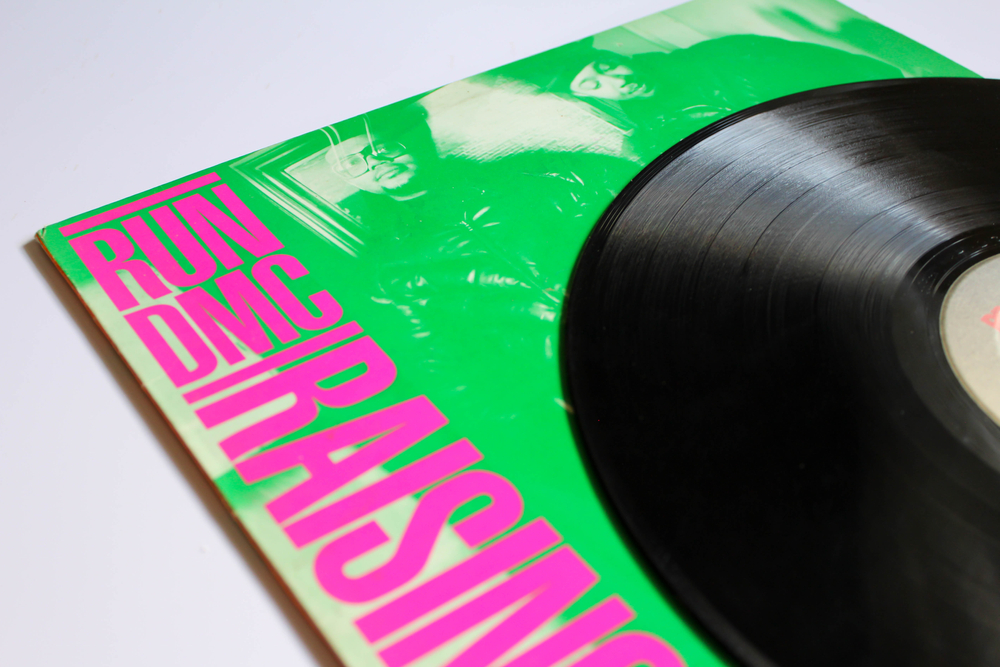FASHION
Ethereal Flames: The Enchanting World of Radiant Cut Diamond Rings

Radiant cut diamonds, with their mesmerizing brilliance and unique faceting, stand as true testaments to the artistry and craftsmanship within the realm of fine jewelry. In this exploration, we delve into the ethereal flames that ignite from the facets of radiant cut diamond rings, transcending them beyond mere adornments into captivating symbols of everlasting love and elegance.
The Unparalleled Brilliance of Radiant Cuts
Radiant cut diamonds are renowned for their exceptional brilliance, a result of their distinctive faceting style. These diamonds blend the elegance of step-cut designs with the fiery brilliance of brilliant-cut diamonds. The result? A scintillating play of light that dances through the facets, casting a radiant glow that captures hearts and mesmerizes onlookers.
Craftsmanship Unveiled: Mastering the Art of Radiant Cuts
Crafting a radiant cut diamond requires the expertise of skilled artisans who meticulously shape and polish each facet to perfection. The precision in cutting is paramount, ensuring that the diamond achieves optimal symmetry and alignment, unleashing its full potential for brilliance. It is in the hands of these artisans that the ethereal flames of radiant cut diamonds are forged.
Unraveling the Allure: Why Choose Radiant Cut Diamond Rings
Timeless Elegance Meets Contemporary Flair
Radiant Cut Engagement Rings strike the perfect balance between timeless elegance and contemporary flair. The square or rectangular shape, coupled with trimmed corners, lends a modern touch, making them ideal for those seeking a harmonious blend of classic and contemporary styles. It’s a choice that transcends fleeting trends, ensuring a timeless allure that withstands the test of time.
Versatility Redefined: From Engagement to Everyday Glamour
The versatility of radiant cut diamond rings knows no bounds. While these diamonds make a stunning statement in engagement rings, their adaptability extends to various jewelry styles. Whether adorning a pendant, earrings, or a luxurious bracelet, the ethereal flames of radiant cuts add a touch of sophistication to any ensemble, elevating everyday glamour to extraordinary heights.
Choosing Radiant Cut Diamond Rings: A Buyer’s Guide
When venturing into the world of radiant cut diamond rings, understanding the 4 Cs is crucial. Clarity reveals the purity of the diamond, Cut determines its brilliance, Color enhances its aesthetic, and Carat Weight speaks to its size. Together, these factors harmonize to create a radiant cut diamond that embodies perfection, reflecting the ethereal flames that define its allure.
Setting the Stage: Choosing the Perfect Setting
The setting of a radiant cut diamond plays a pivotal role in enhancing its beauty. Opting for a prong setting allows maximum light exposure, amplifying the ethereal flames. Alternatively, a halo setting can add an extra layer of brilliance, framing the radiant cut with smaller diamonds for an enchanting effect. The choice of setting is a personalized touch that accentuates the unique qualities of each radiant cut diamond.
Ethereal Flames in the Spotlight: Celebrities and Radiant Cut Diamond Rings
Red Carpet Glamour: A-Listers and Radiant Cuts
Celebrities have long been drawn to the allure of radiant cut diamond rings. From Hollywood’s red carpets to glamorous events, A-listers showcase the timeless elegance and modern sophistication of these diamonds. Their choice further propels the radiant cut into the limelight, solidifying its status as a symbol of luxury and style.
Conclusion
the world of radiant cut diamond rings is a captivating journey into the heart of brilliance and sophistication. From the craftsmanship that shapes these diamonds to the versatile elegance they exude, radiant cuts stand as a beacon of enduring love and refined taste. Choosing a radiant cut diamond is not just a purchase; it’s an investment in timeless beauty that transcends generations.
FASHION
Art and Fashion Colleges in Uganda: Cultivating Creativity and Style

Art and Fashion Colleges in Uganda: Cultivating Creativity and Style
Art and Fashion Colleges in Uganda fashion and art have always been closely related, influencing one another constantly via creative exchanges. This synthesis is particularly evident in Uganda, where designers and artists are influenced by the rich cultural legacy of the nation.
Why Choose Uganda for Art and Fashion Studies?
Cultural Richness
Uganda’s many cultures offer a distinctive setting for artistic investigation. With so much inspiration available to them, students may draw inspiration from everything from traditional clothing to modern art forms.
Affordable Education
Uganda offers art and fashion education at a substantially lower cost than many Western countries, which attracts foreign students.
Emerging Market
Emerging designers and artists have a bright future in Uganda because to the country’s expanding economy and increased demand for locally produced goods.
Top Art and Fashion Colleges in Uganda
Kampala School of Design (KSD)
Uganda’s growing economy and rising demand for locally made items bode well for the country’s up-and-coming designers and artists. KSD, which is centrally located in Kampala, provides a variety of fine arts, graphic design, and fashion design programs. The institution is renowned for its links to business and pragmatic approach to teaching.
Margaret Trowell School of Industrial and Fine Arts
Margaret Trowell School is one of Uganda’s oldest and most prestigious art schools, and it is a component of Makerere University. Numerous courses in visual arts, sculpting, and textile design are available.
Uganda Christian University (UCU)
UCU’s Department of Art and Design is committed to nurturing creativity and innovation. With modern facilities and experienced faculty, it’s a hub for aspiring artists and designers.
Mengo Senior School
Mengo Senior School features a robust arts department that enables pupils to experiment with many materials and styles, despite not being a designated art school.
Makerere University School of Fine Art
Makerere University School of Fine Art is an esteemed establishment that has a rich legacy of producing exceptional artists. It provides degree programs in painting, sculpture, and art teaching.
Kyambogo University
The art and design department at Kyambogo University equips students for jobs in both classic and modern art genres by emphasizing practical skills and hands-on experience.
Courses Offered
- Fashion Design: From sketching to garment construction, students learn the ins and outs of creating wearable art.
- Fine Arts: Painting, sculpture, and mixed media techniques are explored, allowing students to develop their artistic voice.
- Textile Design: This course delves into the world of fabrics, patterns, and printing techniques.
- Graphic Design: Combining art and technology, graphic design students learn to communicate visually through digital mediums.
Facilities and Resources
Ugandan art and fashion schools are equipped with state-of-the-art facilities to encourage students’ artistic pursuits. Modern studios, well furnished workshops, and sizable libraries offer a supportive study environment.
Student Life
Students can engage in a variety of groups and organizations devoted to art and fashion outside of the classroom. These extracurricular activities provide an opportunity to network and display one’s abilities.
Career Prospects
Graduates from fashion and art schools in Uganda work in an industry that is both lucrative and competitive. The opportunities are endless, ranging from starting their own fashion labels to serving as art directors for well-known companies.
Challenges and Opportunities
Although Uganda’s creative sector is flourishing, there are still obstacles to overcome, such a lack of finance and market accessibility. Nonetheless, these obstacles also offer chances for creativity and business ventures.
Inspirational Success Stories
Successful alumni’s biographies inspire present students. These tales, which range from well-known artists to up-and-coming fashion designers, demonstrate the value of art and fashion education in Uganda.
Future of Art and Fashion in Uganda
The future of fashion and the arts appears bright as long as the nation supports its creative sectors. Uganda is ready to leave its mark on the international creative scene because to institutional backing, government efforts, and a rising awareness for regional talent.
Conclusion
In Uganda, art and fashion universities are essential for developing talent, encouraging innovation, and influencing the industry’s future. For those who want to pursue careers in art and design, these universities provide a comprehensive curriculum together with an active student body.
Frequently Asked Questions (FAQs)
-
Are scholarships available for international students?
- Some institutions offer scholarships based on merit or need. It’s best to check with the specific college for details.
-
Can I study both fashion design and fine arts?
- Yes, many colleges allow students to explore multiple disciplines to broaden their skills.
-
What career paths can I pursue after graduation?
- Graduates can work as fashion designers, art directors, illustrators, textile artists, and more.
-
Is there a market for locally-made fashion in Uganda?
- Yes, with the growing interest in African fashion, there is a thriving market for unique, locally-made designs.
-
How can I apply to these colleges?
- Each college has its own application process. Visit their websites or contact admissions offices for detailed information.
FASHION
Art and Fashion Colleges in Uganda

Art and Fashion Colleges in Uganda fashion and art have long been important social constructs that represent personal expression and cultural identity. There has been a noticeable increase in demand for creative education in Uganda in recent years. With the country’s embracing of its rich creative legacy and recognition of the fashion industry’s potential, the construction of art and fashion institutions has become essential to developing talent and encouraging creativity.
Overview of the Education System in Uganda
Prior to digging into the details of art and fashion institutions, it is important to comprehend the educational system in Uganda. Uganda adheres to a system of basic, secondary, and post-secondary education, similar to many other nations. Universities, colleges, and vocational training facilities are all part of tertiary education.
Rise of Art and Fashion Colleges in Uganda
The establishment of fashion and art institutions in Uganda marks a paradigm change in the understanding of the role of the creative industries. This tendency not only meets the increasing need for qualified workers but also makes a major economic contribution to the nation.
Top Art and Fashion Colleges in Uganda
A number of establishments are notable for their dedication to provide top-notch instruction in the domains of art and fashion. The Margaret Trowell School of Industrial and Fine Arts, Uganda Technical College-Lira, and Makerere University School of Industrial and Fine Arts are a few of the best universities.
Courses Offered
These universities provide a broad selection of courses designed to fulfill students’ varied interests and professional goals. Among the many programs offered are those in fashion, textile, graphic, fine arts, and interior design.
Faculty and Facilities
These universities, which are well-known for their cutting-edge facilities and knowledgeable teachers, guarantee that students receive thorough instruction and exposure to industry standards.
Admission Process
A thorough selection procedure is conducted for potential students, which may involve portfolio evaluations, interviews, and verification of academic credentials. Every institution has unique admissions policies and procedures.
Career Opportunities
There are several job options open to Ugandan graduates of art and design institutes. Among other things, they can become fashion designers, painters, illustrators, stylists, and teachers.
Challenges Faced
Even with the advancements, Uganda’s art and fashion schools continue to confront obstacles including poor facilities, low financing, and a lack of understanding of the value of creative education.
Success Stories
Numerous former students of these universities have had a major impact on Uganda’s fashion and art scenes on a national and worldwide level. Both present and future students can draw inspiration from their success stories.
Impact on Ugandan Society
Beyond aesthetics, art and fashion have a significant impact on Ugandan culture, helping to shape cultural identity, encourage social change, and promote innovation.
Future Prospects
Uganda’s art and fashion education industry has enormous growth and development potential with sustained support and investment. In the upcoming years, the sector should see even more advancements.
Testimonials
“My time as a student at an art and fashion college in Uganda has been life-changing. My education and abilities have prepared me for a lucrative job in the creative sector.” – Sarah K., student of fashion design
“My college’s instructors are enthusiastic about fostering talent and helping students reach their greatest potential. I appreciate all of the guidance and assistance I’ve had along the way. David M., a student of fine arts
Conclusion
In Uganda, art and fashion institutions are essential for developing talent, encouraging creativity, and advancing the country’s economy. These institutions are influencing the direction Uganda’s creative industries will take by offering high-quality education and encouraging a creative culture.
FAQs
-
Are art and fashion colleges in Uganda accredited?
- Yes, most colleges are accredited by the relevant authorities in Uganda.
-
What career opportunities are available to graduates?
- Graduates can pursue careers in fashion design, graphic design, fine arts, textile design, and more.
-
How long do programs typically last?
- Program durations vary, but most undergraduate programs last between three to four years.
-
Are scholarships available for students?
- Some colleges offer scholarships and financial aid to deserving students.
-
What sets Ugandan art and fashion colleges apart from others?
- Ugandan colleges offer a unique blend of traditional craftsmanship and contemporary design, reflecting the country’s rich cultural heritage.
FASHION
Sound and Style: The Endless Symphony of Music and Fashion

Sound and Style in the grand tapestry of history, music and fashion engage in an eternal dance, each influencing and shaping the other. From the revolutionary ’60s to the neon-infused ’80s, we embark on a journey to unravel the profound impact of iconic music moments on the ever-evolving canvas of fashion.
The Beatles’ British Invasion: A Mod Symphony
The mid-’60s witnessed the seismic arrival of the British Invasion, spearheaded by the cultural phenomenon known as The Beatles. Beyond their musical prowess, the quartet ignited a mod aesthetic that transcended sound and permeated the very fabric of fashion. The sharp suits and sophisticated dresses became emblematic, shaping an era that harmoniously embraced both melody and style.
The Beatles’ influence extended far beyond the music charts. Their tailored suits and polished appearances reflected the clean-cut image that defined the mod style of the ’60s. The world began to see that fashion could be as influential as the notes of a chart-topping song.
Woodstock and the Bohemian Revolution: Liberation in Fashion
Fast forward to the late ’60s, and Woodstock emerged as a liberating force of counterculture and free expression. This musical festival not only defined an era but also birthed a bohemian revolution in fashion. Fringed vests, flowing skirts, and tie-dye patterns became symbols of a new wave, embracing self-expression through clothing.
Woodstock was more than just a gathering of music enthusiasts; it was a statement of freedom and individuality. The fashion showcased at Woodstock became a visual representation of the counter-cultural movement, where unconventional, eclectic styles were celebrated.
Disco Fever: Saturday Night Fever’s Influence
The ’70s ushered in the disco era, epitomized by John Travolta’s electrifying moves in “Saturday Night Fever.” Beyond the dance floors, disco glamour profoundly impacted fashion. Glittering jumpsuits, sequins, and bold patterns became staples, reflecting the effervescent energy of disco music.
The disco era was a glamorous spectacle that influenced not only music but also the way people dressed. The glitzy and extravagant outfits worn at legendary places like Studio 54 became synonymous with the disco culture. Fashion became an integral part of the nightlife experience.
Michael Jackson’s Thriller: A Stylistic Revolution in the ’80s
The ’80s belonged to the King of Pop, Michael Jackson. His album “Thriller” not only shattered records but also set new standards in fashion. The iconic red leather jacket from the “Thriller” music video became a symbol of cool, highlighting the interplay between music and the evolution of sartorial boundaries.
Michael Jackson’s influence extended beyond music videos; it reached into the fashion world. The “Thriller” jacket, adorned with zippers and details, became an iconic piece that symbolized the bold and boundary-pushing style of the ’80s.
The Rise of Hip-Hop Fashion: A Streetwise Symphony
As hip-hop emerged in the ’80s and ’90s, it brought forth a distinctive street style that transcended music. Oversized clothing, bold logos, and athletic wear became synonymous with the hip-hop culture, influencing not only the music scene but also mainstream fashion.
Hip-hop’s influence on fashion was revolutionary. Artists like Run DMC popularized tracksuits, sneakers, and bold accessories. What started as a reflection of the urban lifestyle became a global fashion phenomenon, proving that style could be as diverse as the beats of hip-hop.
Fuller-Bust Lingerie: A Harmonious Inclusion
In this ongoing narrative, fuller-bust lingerie emerges as a symbol of inclusivity, embracing the diversity of body types. Similar to the harmonious relationship between music and fashion, lingerie designs have adapted to cater to varied needs and preferences.
In a world that celebrates self-expression, brands ensure that every woman can embrace her unique style with confidence, seamlessly integrating fashion and individuality.



